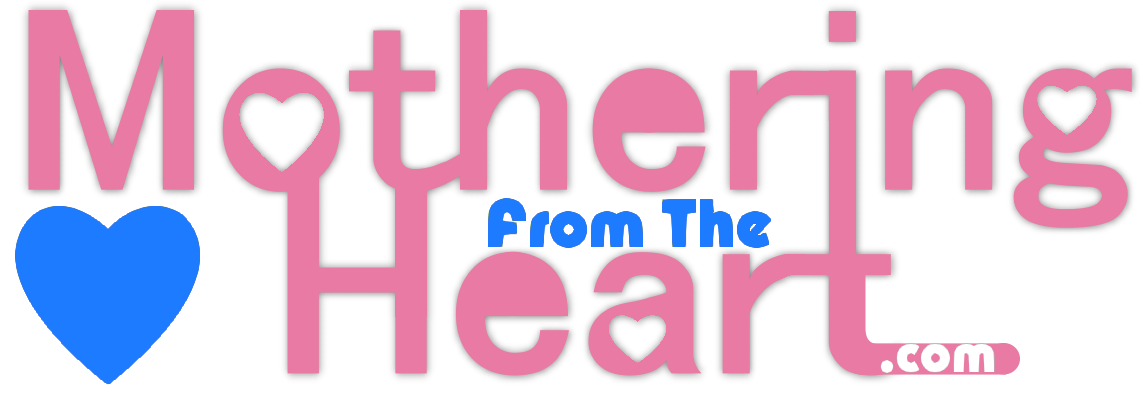
Navigation
HomeProduct Catalog
Contact
About Us
Services
Shipping & Returns
Low Price Guarantee
Product Categories
BreastpumpsBreastpump Accessories and Parts
Feeding devices
Nursing Accessories
Rentals
Breastfeeding Help
Breastfeeding Help OnHelp for Flat or Inverted Nipples!!
Help for Nursing Moms
Breastfeeding Info
Why is Breastfeeding So Important?101 Benefits of Breastfeeding
What do the Scriptures Say About Breastfeeding?
Breastfeeding: It's Every Woman's Right
Mothering From The Heart

Promote Your Page Too

Treatments for Breastfeeding Problems(1)
The following describes the use of some treatments for breastfeeding mothers who are having various problems.
Cabbage leaves for engorgement
Severe engorgement about the third or fourth day after the baby is born can usually be prevented by getting the baby latched on well and drinking well from the very beginning. If you do become engorged, please understand that engorgement diminishes within 1 or 2 days even without any treatment. Continue to breastfeed the baby, making sure he gets on well and nurses well. However, if you should get engorged to the point of severe discomfort, cabbage leaves seem to help decrease the engorgement more rapidly than ice packs or other treatments. If you are unable to get the baby latched on, start cabbage leaves, start expressing your milk and give the expressed milk to the baby by spoon, cup, finger feeding or eyedropper and get help quickly.
- Use green cabbage.
- Crush the cabbage leaves with a rolling pin if the leaves do not accommodate to the shape of your breast.
- Wrap the cabbage leaves around the breast and leave on for about 20 minutes. Twice daily is enough. It is usual to use the cabbage leaf treatment two or three times or less. Some will say to use the cabbage leaves after each feeding and leave them on until they wilt. I have not enough experience with cabbage leaves to say one way or the other, but some are concerned that such frequent use will decrease the milk supply.
- Stop using as soon as engorgement is beginning to diminish and you are becoming more comfortable.
- You can use acetaminophen (Tylenolô, others) with or without codeine, ibuprofen, or other medication for pain relief. As with almost all medications, there is no reason to stop breastfeeding when taking analgesics.
- Ice packs also can be helpful.
- If you are one of the women who gets a large lump in the armpit about 3 or 4 days after the babyís birth, you can use cabbage leaves in that area as well.
All purpose nipple ointment
The best treatment of nipple soreness is prevention. The best prevention is an early start to breastfeeding and a good latch. More than minimal nipple pain in the first two or three days after your babyís birth is due to a poor latch, no matter who tells you the latch is fine. Get help.
Sometimes nipple ointments such as Lansinohô, Purlanô and others can be very useful for mild to moderate pain, but fixing the latch is still the best treatment. Sometimes a "good-for-all-things-donít-know-why-it-works" nipple ointment can also be very useful.
You may be prescribed such an ointment (which works better than a cream). It will contain:
One or more antibiotics. Almost all cracks and erosions have bacteria growing in the base. Whether they are actually causing infection, or whether they merely delay healing is not known. But it has been known for many years that antibiotic ointments help some mothersí nipple pain get better.
An antifungal agent. Candida albicans can cause nipple soreness and cracking. Sometimes it is not easy to tell what contribution this fungus causes to breastfeeding mothersí nipple soreness.
An antiinflammatory agent. Often it is the inflammation associated with infection or injury that causes the most pain. The antiinflammatory agent (a steroid) decreases the inflammatory response.
In Canada, Kenacombô (more easily available) or Viaderm KCô (less expensive) ointments contain the above ingredients. Ointments can also be made up from individual ingredients. In the USA, mixing 2% mupirocin ointment + nystatin ointment + betamethasone 0.1% ointment results in a similar, even better, concoction. It can also be prescribed in Canada.
How to use? Apply the ointment sparingly after each feeding. Do not wash or wipe it off even if the baby goes back to the breast within minutes. Most of the ingredients are not absorbed from the babyís gut and will do him no harm. Once you are feeling better (usually within 2-5 days), you can gradually decrease the use of the ointment until you are not using it at all. For some conditions, the mother may have to use the ointment daily or twice daily to keep pain free. This is not a problem and you may continue the use of the ointment for weeks or longer, if necessary.
Treatments for Problems (2)
Herbs for Increasing Milk Supply
It is quite possible that herbal remedies help increase milk supply. There are several drugs which obviously do increase milk supply, and of course it is reasonable to assume that some plants and herbs might contain similar pharmacologic agents. Almost every culture has some sort of herb or plant or potion to increase milk supply. Some may work as placebos, which is fine; some may not work at all; some may have one or more active ingredients. Some will have active ingredients that will not increase the milk supply but have other effects, not necessarily desirable. Note that even herbs can have side effects, even serious ones. Natural source drugs are still drugs, and there is no such thing as a 100% safe drug. Luckily, as with most drugs, the baby will get only a tiny percentage of the motherís dose. The baby is thus extremely unlikely to have any side effects at all from the herbs. Two herbal treatments that seem to increase the milk supply are fenugreek and blessed thistle, in the following dosages:
fenugreek: 3 capsules 3 times a day
blessed thistle: 3 capsules 3 times a day,
or 20 drops of the tincture 3 times a day
The tincture container states that blessed thistle should not be taken by nursing mothers, presumably because of the tiny amount of alcohol the mother would get. Donít worry about this. Teas also work, but to take enough to make a difference, you will be drinking tea all day and night.
Other herbal treatments that have been used to increase milk supply are: raspberry leaf, fennel, brewerís yeast. The effectiveness of none of these treatments, including blessed thistle and fenugreek, has been proved.
Treatments for Raynaudís Phenomenon (blanching of the nipple)
Raynaudís phenomenon is due to spasm of blood vessels preventing blood from getting to a particular area of the body. It occurs in response to a drop in temperature. Most commonly, Raynaudís phenomenon will occur in the fingers, typically when someone goes outside from a warm house on a cool day. The fingers will turn white and the lack of blood getting to the tips of the fingers will cause pain. Raynaudís phenomenon occurs more commonly in women than men, and is often associated with illnesses such as rheumatoid arthritis.
Raynaudís phenomenon can also occur in nipples. In fact, it is much more common than generally believed. It can occur along with any cause of sore nipples, but it may also, on occasion, occur without any other kind of nipple pain at all.
Typically, Raynaudís phenomenon occurs after the feeding is over, once the baby is already off the breast. Presumably, the outside air is cooler than the inside of the babyís mouth. When the baby comes off the breast, the nipple is its usual colour, but soon, within minutes or even seconds, the nipple will start to turn white. Mothers generally describe a burning pain when the nipple turns white. After turning white for a while, the nipple may actually turn back to its normal colour (as blood starts to flow back to the nipple), and the mother will notice a throbbing pain. The nipple may go back and forth between colours (and types of pain) for several minutes or even an hour or two.
The treatment for Raynaudís phenomenon is to fix the original cause of the pain (poor latch, Candida etc). Almost always, as the nipple soreness from another cause is getting better, so will the pain from Raynaudís phenomenon get better, but more slowly. Fixing the original cause of the pain (improving the latch, treating Candida etc) should be the focus of treatment. However, some mothers no longer have pain during the feeding, or never had it at all. Indeed, some start having Raynaudís phenomenon during the pregnancy. If the pain is mild, there may be no reason to treat, and reassurance is all that is necessary. However, in some cases it is worth treating, especially if severe, and especially if the pain during the feeding does not improve, as severe restriction of blood supply to the nipple may delay healing.
The first choice for treatment is:
Vitamin B6. This has shown to work by trial and error, but it does seem to work. There is no scientific evidence that it works, but it does nevertheless. It is safe and will do no harm. The dose is 150 mg/day once a day for four days, followed by 25 mg/day once a day. The mother continues it until she is pain free for a few weeks. It can be restarted if necessary.
If vitamin B6 does not work within a few days, it probably wonít. It is then useful to try:
Nifedipine. This is a drug used for hypertension. One 30 mg tablet of the slow release formulation once a day often takes away the pain of Raynaudís phenomenon. After two weeks, stop the medication. If pain returns (about 10% of mothers), start it again. After two weeks, stop the medication. If pain returns (a very small number of mothers), start it again. Very few mothers I am aware of took more than three courses. Side effects are uncommon, but headache does occur.
Handout #25 Treatments for Problems (2). January 2000
Written by Jack Newman, MD, FRCPC
Index Dr. Jack Newman's Articles
May be reproduced and distributed without further permission
Handout #24. Treatments for Problems 1. Revised January 2000
Written by Jack Newman, MD, FRCPC


